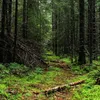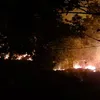World Forest Day: how reforestation can help our planet breathe again
On World Forest Day, SocialStory dives deep into the needs to build a greener place by catching up with some of the experts and specialists of forest development.
Someone once said that there is no wi-fi in the forest, but there is sure to be a better connection there.
That connection though is slowly getting harder to find. Over the last few decades, humans have been encroaching forests for domestic purposes, without realising that with every tree that is cut down, an entire community of birds, rodents and other fauna are possibly being uprooted, not to mention the fact that one major source of oxygen is put down.
Forests are home to a majority of our terrestrial biodiversity. In addition to providing food and shelter to wildlife, forests are also known to mitigate climate change, provide livelihood opportunities, and offer a variety of medicinal plants and pharmaceutical ingredients.
In recent times, Odisha’s Simlipal Forest Reserve in the Mayurbhanj district was overcome by a fire that is believed to have started on the Jualikata-Talpada road. It then spread to the reserve owing to heavy winds. While the main reason is still not known, it is an annual phenomenon in the area due to the shedding of the sheer number of deciduous forest around the time.
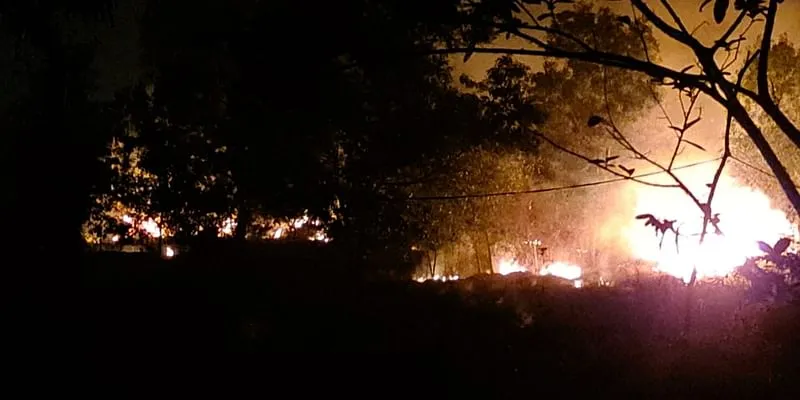
Simlipal forest fire (Image: Twitter)
What is concerning is that this stretch of land is home to 304 species of birds, 62 species of reptiles, 37 species of fish, and 55 species of animals, including the endangered Bengal tiger.
While these forest fires occur naturally or due to unforeseen circumstances, many a time, they are also started by humans to lure animals towards greedy hunters and poachers. It is only obvious that such forest fires also lead to air pollution, and consume both human and animal lives.
On a positive note, the India State of Forest Report 2019 showed an increase of 5,188 square kilometres of forest cover from 2017. In fact, Arunachal Pradesh stands as one of the richest forest areas, with the maximum number of species of trees, herbs and shrubs. That being said, the North-East region, on the whole, lost its forest cover since 2017.
While almost 25 percent of India’s land is forested, it still has a long way to go to reach its target of 33 percent. Fortunately, a number of individuals and organisations are working to improve India’s green cover, especially in the urban areas.
On World Forest Day, SocialStory chats with experts and NGOs about how, after centuries of deforestation, afforestation is slowly picking up pace with more people putting in conscious efforts to conserve the already existing green blankets.
What is a forest?
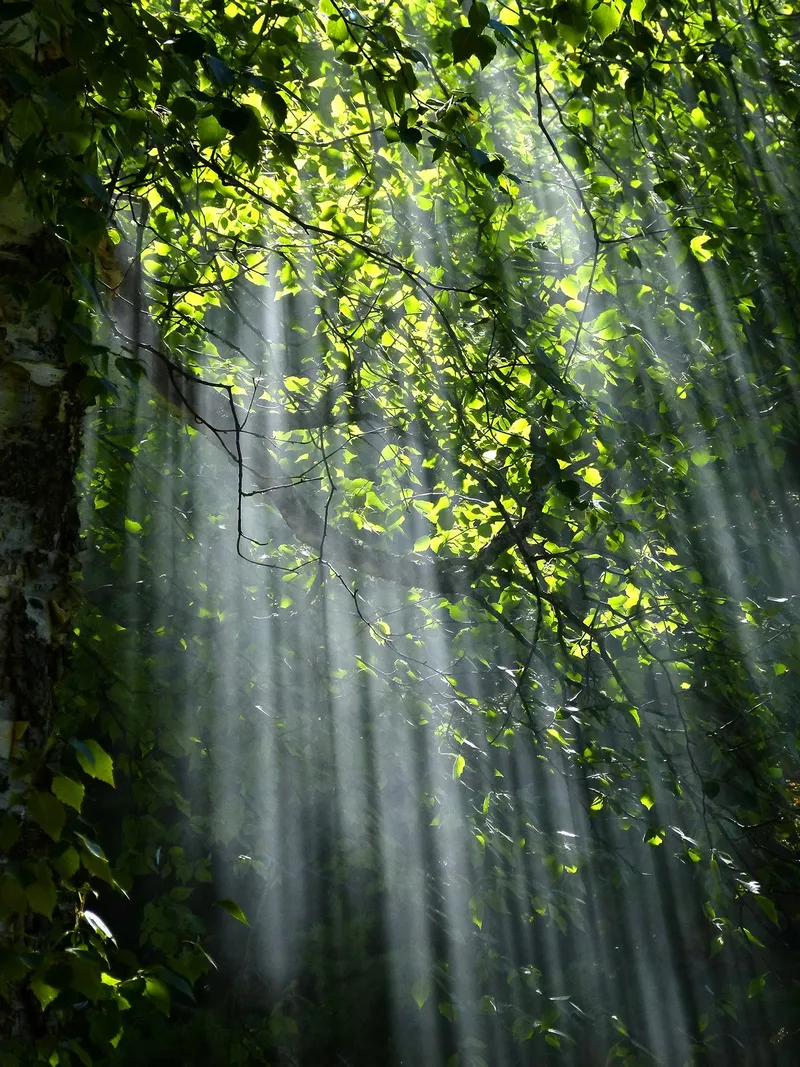
Representational image
Gurugram-based ecologist Vijay Dhasmana notes that it is imperative to define what a forest means. “Forest is a technical word, but over the centuries, people have deemed forests to be an area with a bunch of plants put together.”
Planting trees in an agricultural field is called agro-forestry, but this is not the same as a forest because the purpose of this is simply, the harvest itself. In fact, Vijay says that a popular misconception was growing timber wood, which is further away from what an actual forest is.
Rosewood, Teakwood, Maplewood or Birchwood – all these are nothing but tree crops, but have been mistaken to be forests.
Forests can be defined as those spaces that harbour wildlife and can sustain for a long period of time without any human interference, with harmony between the species of the massive biodiversity of the area.
Reforestation and afforestation
While both reforestation and afforestation may seem to be the same thing, they’re not. Afforestation is the process of planting trees and shrubs in a piece of land that was earlier not used for any kind of plantation. Reforestation is the rejuvenation of dying forests, where trees and shrubs were cleared by either natural or manmade causes.
Despite his busy schedule of being a civil servant, IRS officer Rohit Mehra has been on a green mission to make vertical gardens, and also promote afforestation on various empty plots of land through the creation of mini jungles based on ‘Vrikshayurveda’ or the ‘Science of Plant Life’. Vrikshayurveda is the ancient Indian science of plant life. It has been systematically explained in various texts of Vrikshayurveda.
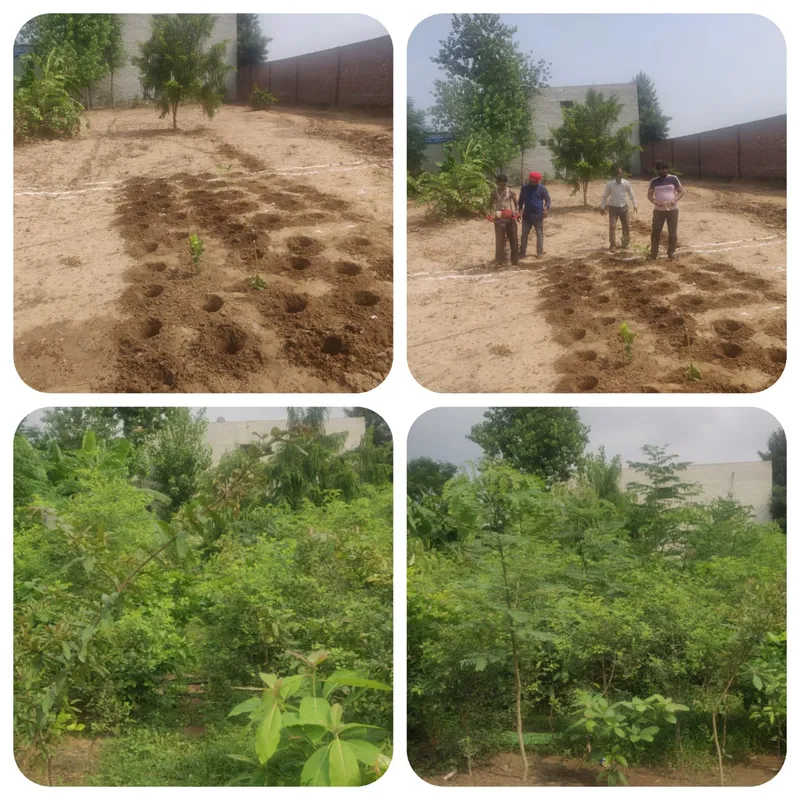
One of the mini jungles made by Rohit (before and after)
The process of Vrikshayurveda involves the nurturing of plants and allows the control of plant diseases without the use of any chemicals. The sages who wrote the Vrikshayurveda spoke deeply about the relationship of plants with animals and the soil.
“In four years, I created about 83 such jungles of which about 53 are filled with fully grown trees now,” Rohit had told SocialStory earlier this year.
While Rohit’s single-handed efforts may not restore a massive forest, it is still purifying the air around the areas. In fact, his office in Haryana is said to have the best AQI in the city.
Another officer based in Punjab, Vipesh Garg, also works closely with nature in a similar manner. He has his own mini-forest near his home, which is based on Miyawaki gardening. Miyawaki is a technique introduced by Japanese botanist Akira Miyawaki that helps build dense native forests by building dozens of the same species together, and making them maintenance-free after three years.
“Miyawaki might be an expensive method, but with the support of the government, we try to use some part of the technique and implement it in public spaces,” says Vipesh.
Why native species?
While reforestation is important, one primary thing to be kept in mind is to ensure that native breeds are prioritised. This is something that most conservationists including Vipesh, stress upon.
In fact, Latika Thukral, former VP of Citibank and co-founder of NGO ‘iamgurgaon’ says that this is very crucial since they can best adapt to the native soil. Moreover, with a little care in the first three years, a native biodiversity in the form of a jungle can easily sustain by itself.
Not a fan of techniques like Miyawaki, Latika and her team have been developing the green cover in Gurgaon by creating biodiversity parks, forests and other projects related to water, plantation and creating public spaces.
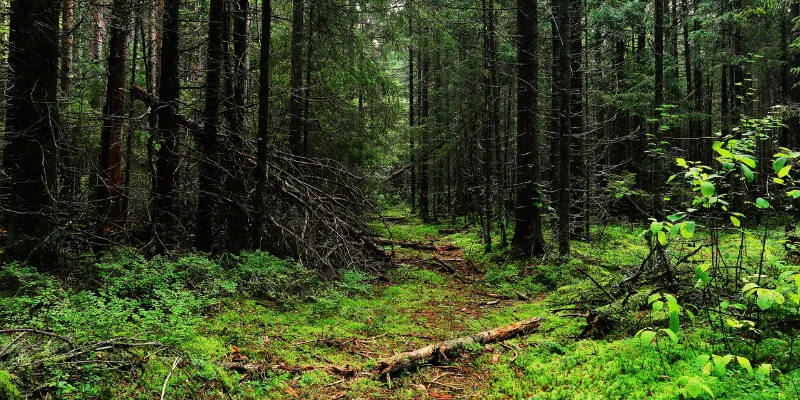
Representational image
She recommends three things for a sustainable forest plantation.
“Firstly, you need be cognizant of the area targeted for the plantation, and the types of plants to be used. For example, planting a Peepal tree with extensive roots between two roads is redundant if that interferes with the road in the future and is to be cut down,” she says.
Secondly, she recommends using native species of a particular area. Third, water should be used consciously when it comes to forests, so much so that they don’t need additional nurturing after three years.
The ‘iamgurgaon’ team got some of these learnings from Vijay Dhasmana, who played a key role in designing the Aravalli Biodiversity Park. Vijay’s technique is quite simple when it comes to creating a forest – mimicking natural forests!
“If you pick up the right species and the right space, then these plants will thrive. Moreover, there will also be regeneration of these plants, which get adapted to the system. These spaces will also see wildlife return to the spaces.”
The big challenge
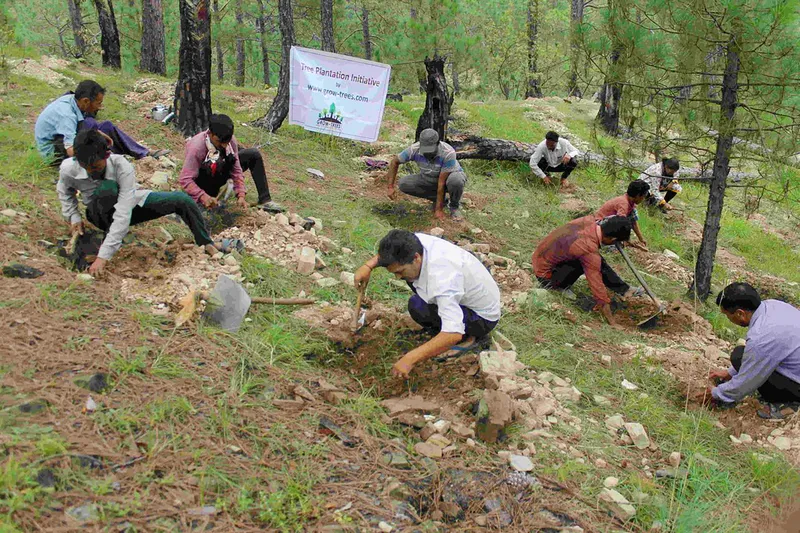
Tree plantation by Grow Trees after the Uttarakhand Glacier Burst
Grow Trees is a non-profit that has planted more than 7 million trees so far. It gives individuals and organisations an opportunity to offset their carbon footprint, create jobs for locals and tribals, and protect wildlife.
Its projects are spread across 23 states in India and classified on the basis of the most pressing issue in a particular region. The various themes that they support are Trees for Forests and Wildlife, Himalayan Biodiversity, Rivers, Tribal Communities and Urban Landscape.
While their efforts make it seem like an easy feat, Bikrant Tiwary, CEO of Grow Trees says, “The success of this activity is majorly dependent on weather, pests, weed, and continued maintenance. It is a time-consuming process and the cost to reforest is usually higher than the current land use. In addition to this, thorough research work is also required to select plant species that are best suited to a particular soil type and geographical location.”
A greener future?
WeNaturalists is a digital ecosystem of people from around the world - forest rangers, conservationists, wildlife photographers, researchers, nature guides, NGOs, and educational institutes among others - connected by their love for nature and exploring various ways to conserve, educate and contribute back to a nature-positive economy.
Its founder, Amit Banka, comments on what the future holds, “Much like the rest of the world, India is slowly becoming cognizant of the threats we face. And the future is promising. Especially with the support received for causes such as climate change, deforestation, pollution, etc., in addition to the change in consumption patterns - primarily driven by Gen Z.”
He adds, “These factors have resonated in India, more than ever. And, businesses are also moving towards green processes. All these factors tell me one thing, India will be leading the green wave in the world.”
Edited by Anju Narayanan




